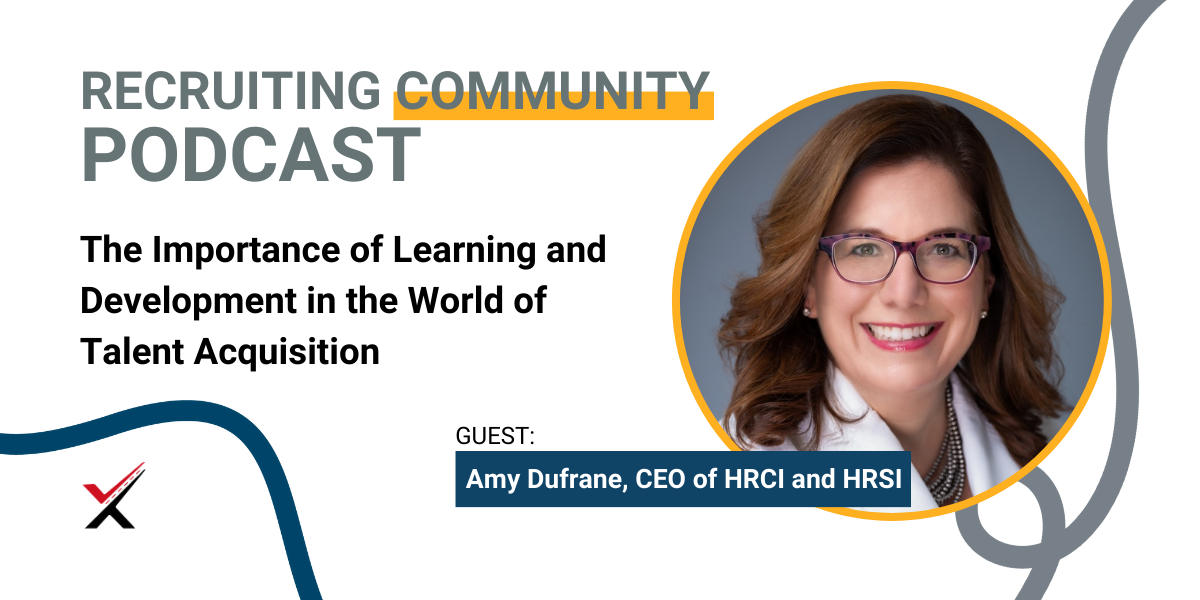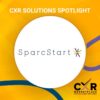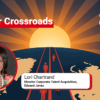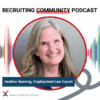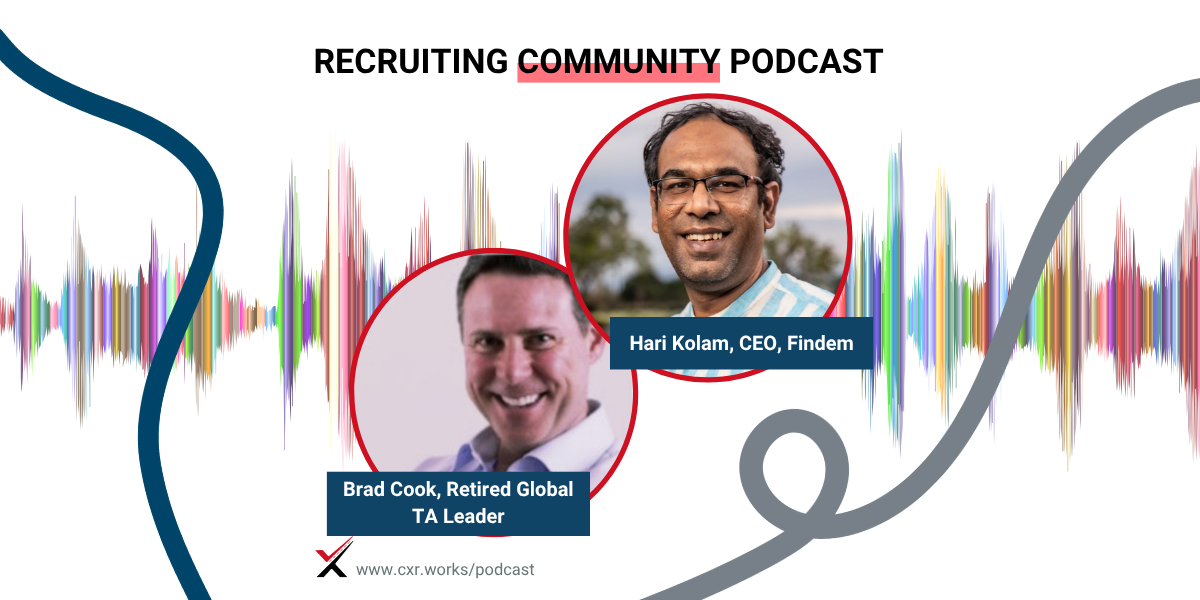Chris Hoyt: I don’t care who you are—it’s a common retirement goal. Well, maybe it does matter who you are, but it’s still a dream for many: buy a boat and sail away. Brad, you actually did it. You retired and bought a boat! Are you sailing or motoring?
Brad Cook: We’re motoring. Didn’t go with the sail option. But yeah, retirement is lovely—no more 6 a.m. conference calls with the U.S. Now, it’s just, “Let’s go to a fish market on the boat.” It’s a nice lifestyle. You work hard for it, and when you finally reach it, it feels damn good.
Chris Hoyt: How long was the boat a goal?
Brad Cook: About three years in research mode. Then I moved back to Sydney and threw out all the plans. Bought a different boat entirely. Word of advice—don’t go to a boat show when you’re shopping for a boat. Worst idea.
Chris Hoyt: Too many options, huh? I have to ask—is it a boat, a ship, a yacht? What’s the technical term?
Brad Cook: I call it a boat. Some people call it a small yacht.
Chris Hoyt: A little humble brag there! Should we change your title on the screen to “Captain Brad Cook”?
Brad Cook: Captain Cook? He founded Australia—but then got beaten by the locals. I’d rather not end up like that!
Chris Hoyt: Okay, let’s get into it. You guys ready?
Brad Cook: Absolutely.
Announcer: Welcome to the CXR channel, our premier podcast for talent acquisition and talent management. Listen in as the CXR community discusses a wide range of topics focused on attracting, engaging, and retaining the best talent. We’re glad you’re here.
Chris Hoyt: All right, I’m Chris Hoyt, your host for the next 20 minutes on the Recruiting Community Podcast. Thanks for joining us again for your weekly dose of talent acquisition insights—from leaders, influencers, practitioners, and personalities worth spotlighting.
If you’re streaming with us live on LinkedIn or Twitter, or at cxr.org/podcast, drop a hello or a question in the chat. Even if you’re watching this post-production, we get notified and will circle back.
Quick housekeeping note: This podcast is ad-free. It’s a labor of love. If someone’s here, it’s because they’ve got something worthwhile to say.
Speaking of worthwhile, check out our upgraded CXR Directory at cxr.works/directory. About 350 vendors, 6,000+ member-driven ratings—great stuff there.
Let’s bring in today’s guests. Gentlemen, how are you?
Hari Kolam: Good morning, good afternoon, good evening—depending on where you are!
Chris Hoyt: Hari, are you poolside today?
Hari Kolam: I’m trying to be! The sweatshirt is a bit of a giveaway though.
Chris Hoyt: We have no costume budget here at CXR Radio. Okay, let’s jump in. Quick intros so folks know who they’re listening to. Hari, let’s start with you.
Hari Kolam: Thanks, Chris. I’m Hari Kolam, founder and CEO of Findem. I’ve been building this company for the past four years. My background is engineering—I’ve built large-scale distributed systems and data platforms, mostly in the Silicon Valley tech space.
Findem is a startup with around 100 employees and 150 clients. We’re focused on disrupting talent acquisition and management through data. We believe in looking at people data differently to drive transformation. It’s an exciting journey.
Chris Hoyt: Welcome, Hari. Brad, let’s hear from you. I think this might be your first time on the podcast?
Brad Cook: Maybe once before—could’ve been one of the “uncorked” ones! Anyway, I’m Brad Cook. Been in the TA space since 2005. Most recently ran global TA functions at high-growth companies—30-35% headcount growth annually. That experience gave me new skills… and a lot more gray hair.
I’m very technical, love the TA tech space, and love working with startups like Findem. For me, it’s all about team productivity and delivering for the business.
Chris Hoyt: Still smells like TA, Brad. So, you joined us in Napa recently, along with 75 TA leaders, and a big topic that came up was the shifting perception of LinkedIn. Some say it’s becoming too social, less professional. Some blame Twitter’s decline. Others think it’s by design.
Many leaders are struggling to justify the ROI. Brad, what’s your take?
Brad Cook: I’ve got several takes. First, the spam is out of control. I get messages every day from random vendors, not just TA stuff—everything. It’s overwhelming.
Second, trying to do employer branding or post useful content gets lost in all the noise.
And third, the ROI just isn’t there anymore. At my last three companies, LinkedIn accounted for 10-15% of hires but took up 40% of the budget. In the past few years, it’s dropped to under 10%—maybe even 5%—but still eats up 40% of the spend. That’s unsustainable.
Chris Hoyt: Yeah, I don’t even lead a TA team anymore, and my messages are still flooded with spam. It’s rough.
Brad Cook: Right? And even when LinkedIn tried to boost response rates with penalties for low InMail engagement, it hasn’t helped. No one responds anymore. It’s like recruiters are screaming into the void.
Chris Hoyt: Hari, is that part of why you built Findem?
Hari Kolam: Absolutely. Recruiting breaks down into two parts: IQ and EQ. The IQ part—finding qualified, interested, and available talent—is labor intensive. That’s what we’re solving. Recruiters should spend their energy on the EQ part—building relationships, selling the opportunity.
Right now, the effort is misaligned. We’re trying to change that.
Chris Hoyt: Are you seeing companies leave LinkedIn? Or is it still all talk?
Brad Cook: People are being forced to look at alternatives because of budget constraints. Do I cut staff or LinkedIn? You can’t justify keeping LinkedIn if it delivers so little value.
Recruiters still want it—it’s LinkedIn crack—but we need better ROI. It takes planning to wean teams off it, but it has to happen.
Chris Hoyt: And if you diversify and pilot new platforms, it softens the blow. I’ve been testing ZoomInfo and UpLead lately—interesting options for finding digital footprints.
Hari Kolam: Great example. Sales orgs evolved their go-to-market strategies long ago. Talent hasn’t caught up. Discovery—not hunting—is the big problem in TA. And usability is critical. AI’s big boom is mostly about better UX.
Brad Cook: Exactly. TA teams need to think about both active and passive candidates. It’s about long-term nurturing—bringing candidates into the ecosystem, engaging them until they’re ready.
Platforms that can help with that lifecycle—discovery to nurture to hire—are the future.
Chris Hoyt: Agreed. So what advice would you whisper to TA leaders struggling with these issues?
Hari Kolam: Use your data. Where are your hires really coming from? Break down the source of hire—referrals, alumni, internal mobility. Are you investing in the right places?
Brad Cook: +1 to that. And make sure your source tracking is accurate. It’s not easy, but it’s essential.
Also, treat this like a multi-year strategy. You won’t switch away from LinkedIn overnight. Start piloting alternatives, track usage, and build a change plan.
Chris Hoyt: All right, time for our final question. If you were going to write a book about all this, what would the title be? Hari, you first.
Hari Kolam: Transformation in the AI-First Era.
Chris Hoyt: And who gets the first signed copy?
Hari Kolam: My mom. She deserves it.
Chris Hoyt: Love that. Brad?
Brad Cook: GPT Won’t Replace You—Unless You Let It. Get on the Train Before It Runs You Over.
Chris Hoyt: That might be the longest book title yet! Who gets the first copy?
Brad Cook: Jerry Crispin.
Chris Hoyt: Fair enough. Hari, Brad—thank you both so much for being here. Lots of wisdom today. Much appreciated.
Brad Cook: Thanks, Chris.
Hari Kolam: Thanks for having us.
Announcer: Thanks for listening to the CXR channel. Please subscribe to CXR on your favorite podcast resource and leave us a review while you’re at it. Learn more at cxr.works, and find us on social media @CareerXroads. We’ll catch you next time.
